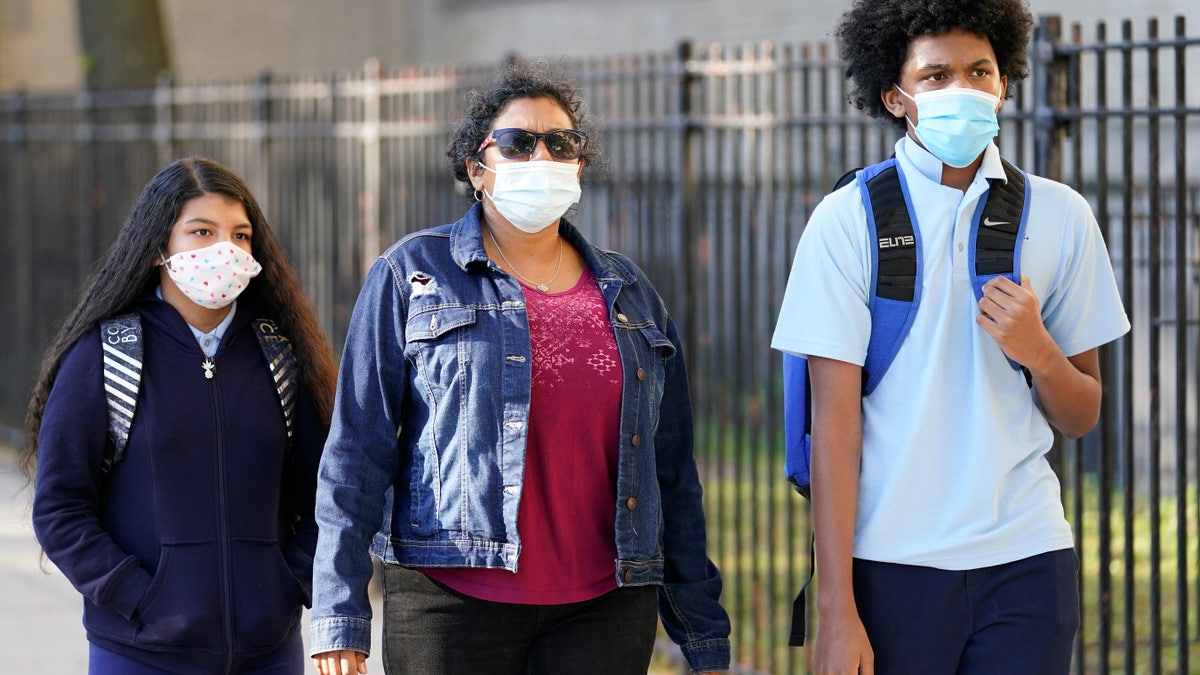NYC resumes indoor dining with restaurants limited to 25% capacity
'Bar Rescue' host Jon Taffer joins Neil Cavuto on 'Your World' to discuss the impact on the restaurant industry.
New York City Mayor Bill de Blasio said Sunday that nonessential businesses and public and private schools will close Wednesday in nine zip codes across Brooklyn and Queens, pending approval from the state.
The neighborhoods include Far Rockaway/Edgemere, Gravesend/Homecrest, Midwood, Bensonhurst/Mapleton, Flatlands/Midwood, Gerritsen Beach/Homecrest/Sheepshead Bay, Kew Gardens, and Kew Gardens Hills/Pomonok.
The move comes in an effort to minimize the spread of the coronavirus after cases in the areas topped a 3% positivity rate over the past seven days.
NEW YORK'S CUOMO FACES CRITICISM OF LATEST NURSING HOME, CORONAVIRUS COMMENTS
“We can stop this from being a ‘second wave’ in New York City,” de Blasio said. “In these communities, it is a very troublesome reality that has to be addressed aggressively.”
De Blasio added that the vast majority of the city has remained steady with low positivity levels and that the actions being taken in Brooklyn and Queens are to protect the entire city.
Within those nine zip codes, the mayor says approximately 100 public and 200 non-public schools would be closed. In addition, indoor dining in those areas will also be impacted.

A mother accompanies her children as they arrive for the first day of in-person classes at Erasmus High School in Brooklyn's Flatbush neighborhood, Thursday, Oct. 1, 2020 in New York. The city's plans to send kids back into classrooms rely on an ambitious plan to do random virus testing of pupils and staff throughout the school year. (AP Photo/Mark Lennihan)
Students in the identified zip codes would be allowed to return to their schools on Monday and Tuesday to meet with teachers and plan for a school-wide return to remote learning.
CLICK HERE FOR THE FOX NEWS APP
In order for these communities to reopen, de Blasio said they have to either meet a positivity rate of less than 3% for the last seven consecutive days after a 14-day pause or less than 3% over a 14-day average at the end of a 28-day pause.






















